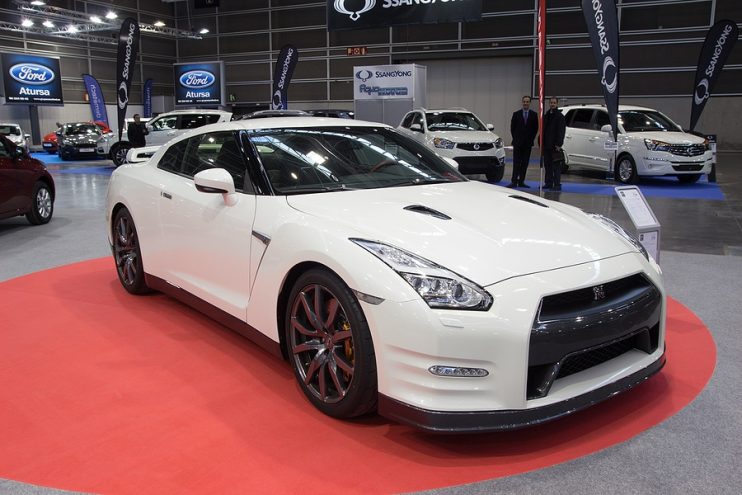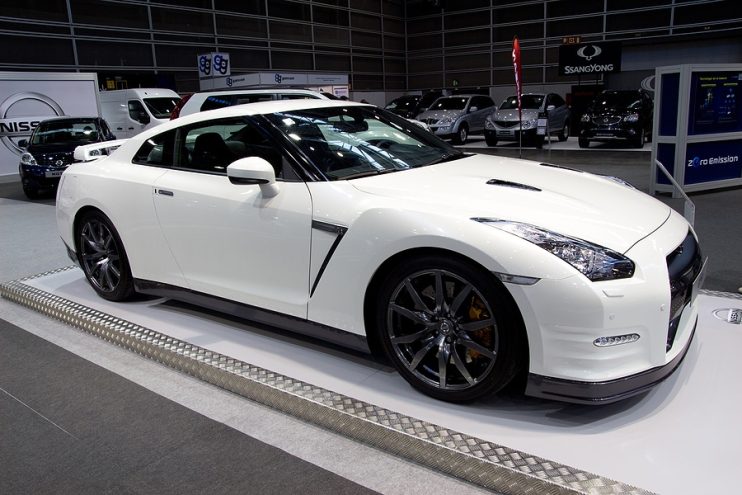
The Nissan GT-R is one of the world’s most famous super-cars and is an evolution of the Nissan Skyline, which achieved much success in terms of critical review on the road and sporting achievement on the track. This two door coupé packs a twin turbo 6 cylinder engine and supplies power to the road via a six speed transmission and a four wheel drive system. Despite the fact that this car is an incredibly well engineered vehicle, like all cars it is not completely free of faults. In this article we take a look at some of the most common problems you’re likely to experience whilst owning one of these ferocious automobiles.
Engine Bearing
The most frequently occurring problem you’re likely to experience with the Nissan GT-R is known as bell housing rattle. This fault is known to the manufacturer, although they haven’t managed to come up with a solution for it to date. It’s caused by a loose bearing at the end of the flywheel shaft, which moves about and vibrates in its casing. All models and makes of the car are known to exhibit signs of this problem to some degree, which will only become a real problem if the bearing suffers from extensive fatigue and wear. Although the part shouldn’t be that expensive, it won’t be the easiest engineering job to fit it, possibly requiring a trip to a registered mechanic.
Brakes
As with all performance cars, the Nissan GT-R can take a lot out of its brakes. This is a very easy fault to spot as you’ll obviously notice a marked increase in breaking distance, especially in the wet, as well as noise upon applying the brakes. Usually brake discs can be checked by eye. You’re looking for small cracks around the edges of the drilled holes in the plate, which are a sure fire sign that the discs are loosing effectiveness. If you are experiencing brake problems then its good to get these fixed as quickly as possible, as poor brakes can lead to excessive wear on your tyres and these are very expensive to replace.

GT-R Transmission
Look on any Nissan GT-R forum or help page and there will undoubtedly be many posts about the gearbox, clutch and transmission. It seems that these components of the car cause more problems than all the other systems combined. Early models are known to have big problems with the control solenoids, which can lead to broken or worn components. These are expensive to repair, mainly because Nissan insists upon not supplying any gearbox parts. This means that you should be especially vigilant when purchasing a used model, ensuring that all the gear changes are smooth and quick.
Lights
Believe it or not, one of the problems you’re likely to experience with the Nissan GT-R is condensation within the headlights. This is due to a design issue with the head-lamp’s vents and the seals. This is an easy one to spot, as you should be able to see drops of water on the inside of the unit with your naked eye. Unfortunately, you cannot take the unit apart and clean it or clear of the water, and you’ll have to purchase a replacement part. There are some suggestions that this problem can be avoided by paying special care and attention to the lights and the housings when washing the car, or even avoiding driving it in the rain, although this may not be terribly practical.
GT-R Summary
Even though there are a few common faults with the Nissan GT-R, this is still an incredibly road worthy car that’ll get you from A to B in scorchingly quick times. It’s one of those cars that manages to be a high end status symbol, without the high end price, making it a very attractive option for the average man or woman who wants to purchase a prestige car. It also manages to carry its power in a sleek and stylish package that won’t attract the public’s gaze in the same way a gauche Lamborghini or Ferrari might turn heads. As long as you make sure you go through all the correct checks when purchasing a used Nissan GT-R, you’ll end up with a seriously cool car.



.png)